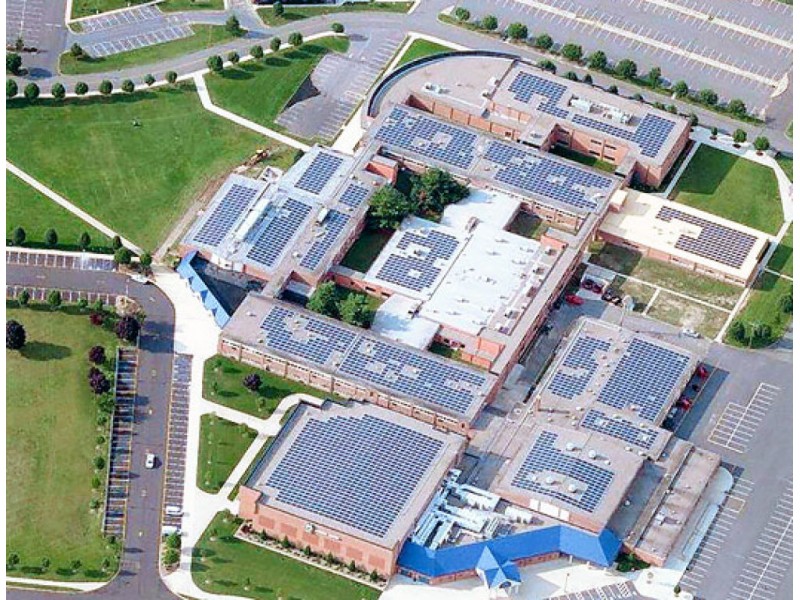CSG
New member
- Location
- Escondido, CA, USA
2016 California Fire Code (605.11.1.3.3) and California Building Code (3111.2.3.3) both state:
Arrays shall be not greater than 150 feet (45 720 mm) by 150 feet (45 720 mm) in distance in either axis in order to create opportunities for fire department smoke ventilation operations.
And then you have some additional options for ventilation requirements in addition to the above.
Poor wording aside, how do you interpret this section? At the most restrictive interpretation, I believe it's saying that subarrays cannot be greater than 150' in either axis. However, we used to argue that as long as one direction/axis of the array is less than 150', then the the other direction/axis can be greater than 150'. A couple examples of this interpretation:
40' x 160' subarray = okay
160' x 160' subarray = not okay (this would be true no matter how you interpret it?)
Thoughts? What is being allowed or how is it being interpreted in your local jurisdictions (for fellow Californians)?
Arrays shall be not greater than 150 feet (45 720 mm) by 150 feet (45 720 mm) in distance in either axis in order to create opportunities for fire department smoke ventilation operations.
And then you have some additional options for ventilation requirements in addition to the above.
Poor wording aside, how do you interpret this section? At the most restrictive interpretation, I believe it's saying that subarrays cannot be greater than 150' in either axis. However, we used to argue that as long as one direction/axis of the array is less than 150', then the the other direction/axis can be greater than 150'. A couple examples of this interpretation:
40' x 160' subarray = okay
160' x 160' subarray = not okay (this would be true no matter how you interpret it?)
Thoughts? What is being allowed or how is it being interpreted in your local jurisdictions (for fellow Californians)?


